MSU Graduate Investigates Presence of Monarch Butterflies and Other Pollinators in Roadside Habitats
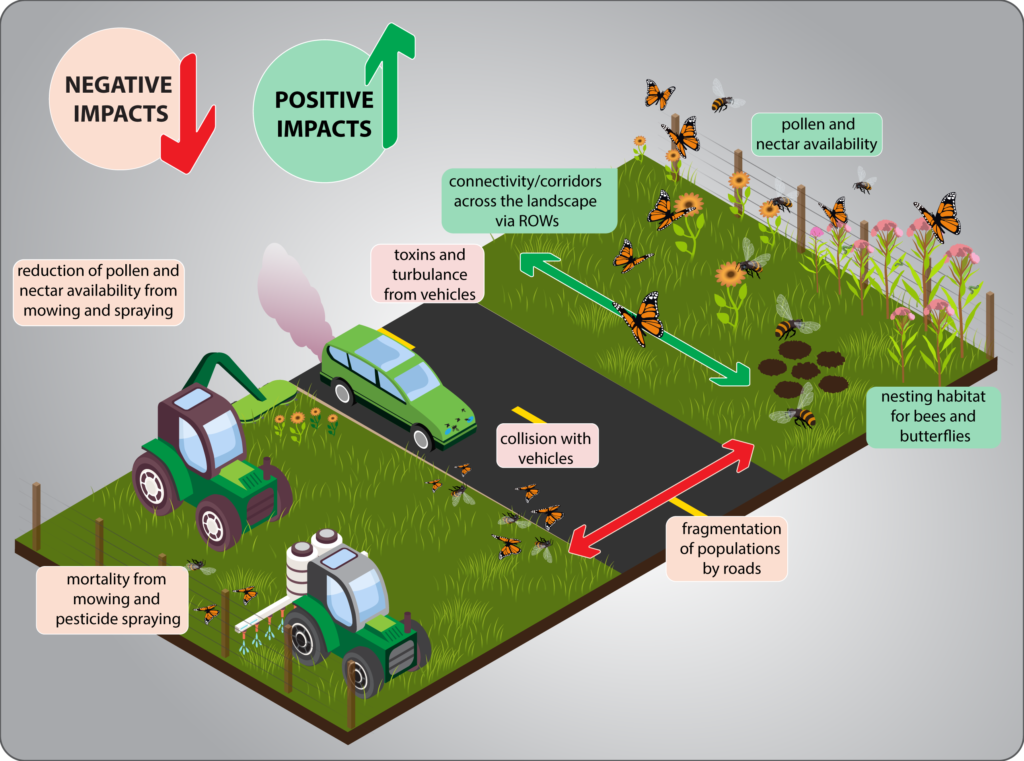
Monarch butterflies (Danaus plexippus), the striking and iconic orange and black insects of postcards and motivational posters, have been in population decline since the 1980s and Thomas Meinzen, a master’s student in Montana State University’s Ecology Department, turned to a largely overlooked environment to save them. His thesis, Bees and Butterflies in Roadside Habitats: Identifying […]
New IUNC Report from Rob Ament and Tony Clevenger
Rob Ament, the Road Ecology Program Manager at WTI, Dr. Tony Clevenger, a WTI Senior Research Scientist, and their colleague Dr. Rodney van der Ree of Australia, are the lead editors of a new technical report published by the International Union for Conservation of Nature (IUCN) and its World Commission of Protected Areas. Titled “Addressing […]
IN THE NEWS: Reducing Wildlife-Vehicle Collisions in Appalachia
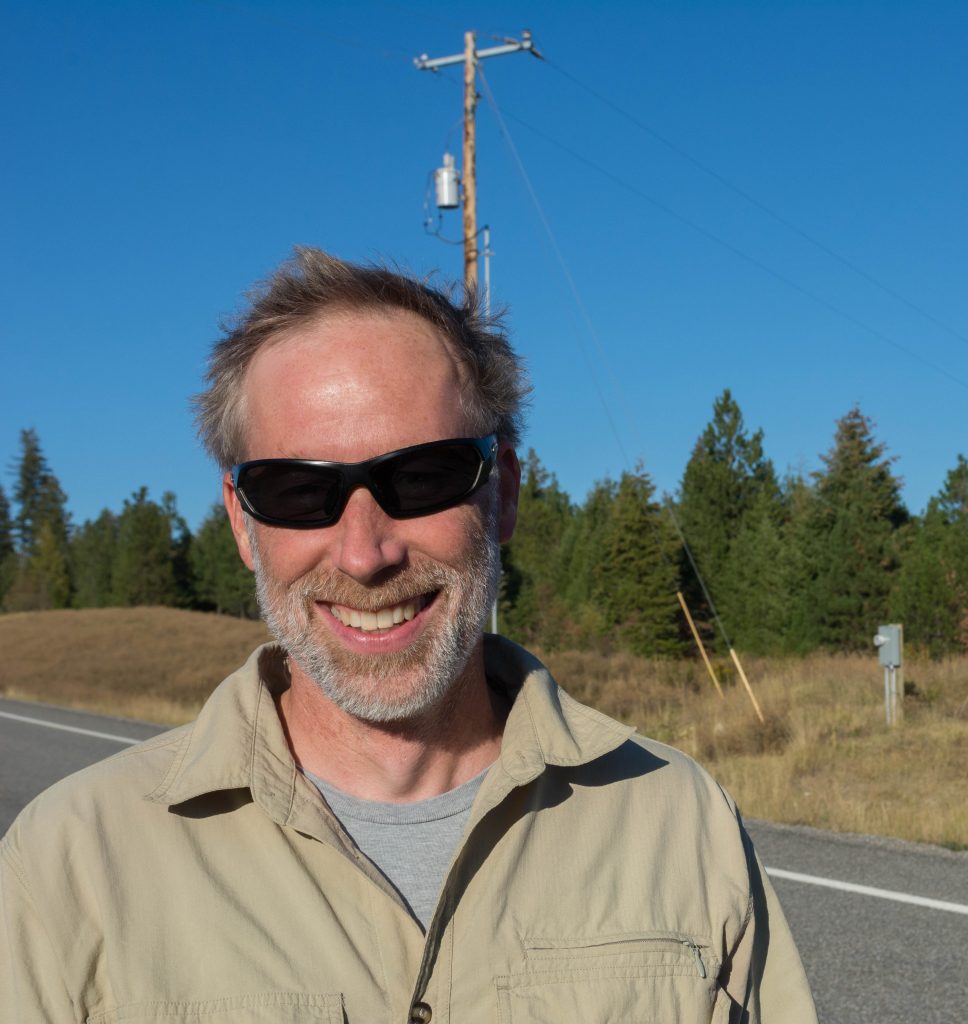
Public Policy magazine In These Times recently interviewed WTI Road Ecologist Marcel Huijser for an in-depth article on wildlife crossings. “Toward a World Without Roadkill” highlights efforts by residents and local organizations near Great Smoky Mountains National Park to reduce the rising number of bears, deer, and elk being hit by vehicles on Interstate 40. […]
New Project: Conserving Monarch Butterfly Habitats Along Idaho Highways
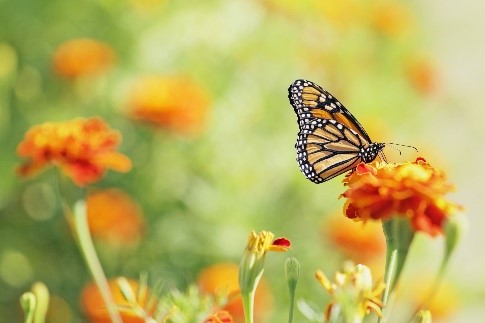
Researchers from the Montana State University Ecology Department and WTI’s Road Ecology program will investigate the roadside habitats of monarch butterflies in Idaho, as part of a new project for the Idaho Transportation Department (ITD). The monarch butterfly population has declined drastically in western states since the 1980s, largely due to habitat loss and fragmentation. […]
Why did the bear cross the road? Because he had it all to himself
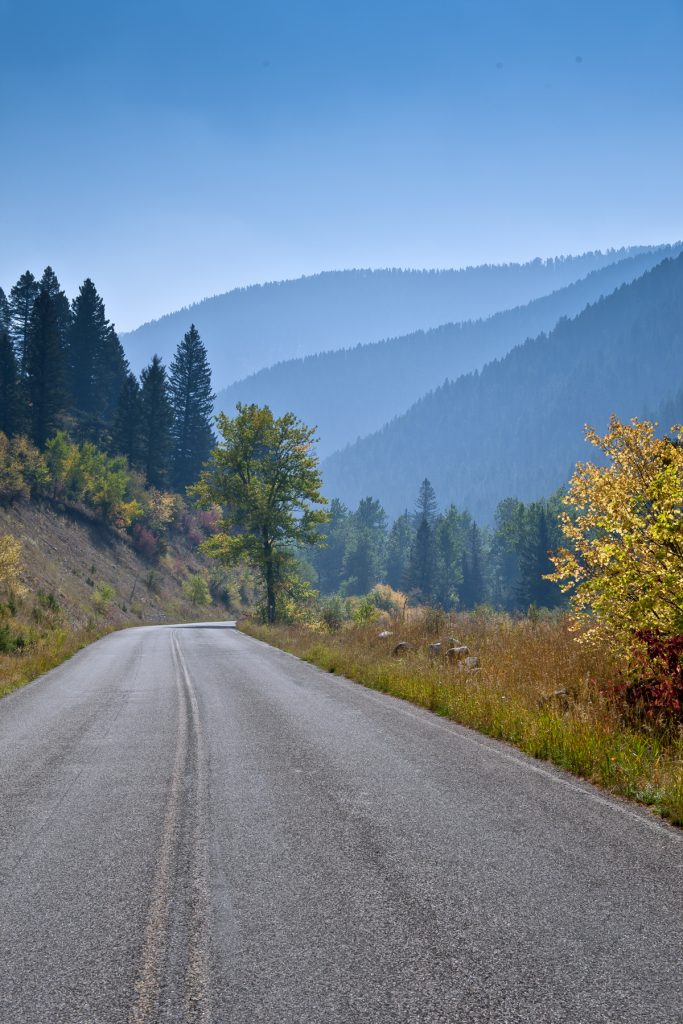
Discover Magazine Interviews WTI Researcher about Wildlife Behavior during Pandemic Humans are staying home more and traveling less during the current COVID-19 restrictions. What does that mean for wildlife? Discovery Magazine recently talked to WTI Research Scientist Tony Clevenger for an online article called “National Parks Are Empty During the Pandemic — and Wildlife Are […]
Road Ecologist Helps Launch Wednesday Webinars

The Society for Ecological Restoration has started a “Wednesday Webinar” series to promote information sharing and professional development in response to conference cancellations. One of the first invited speakers was WTI Research Scientist Marcel Huijser, who led a webinar on March 25 on “Open Access: Where Road Ecology and Ecological Restoration Converge.” The presentation focused […]
New Publications from Road Ecology
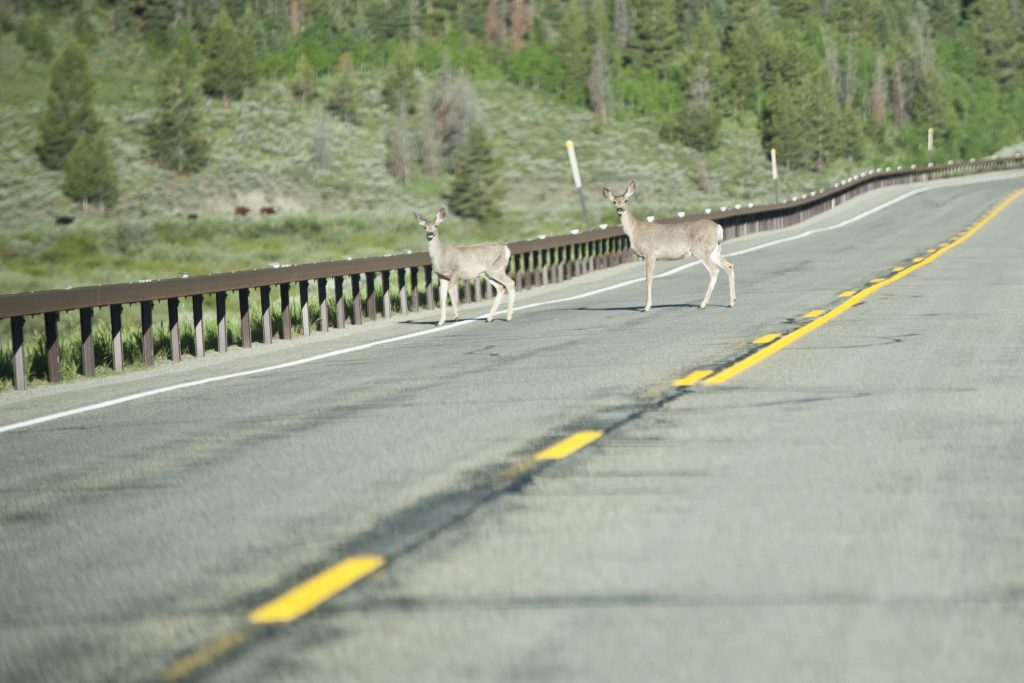
Interested in Road Ecology research? Check out these recent and upcoming publications. WOLVERINE TRAPPING: The Journal of Wildlife Management has published “The Sustainability of Wolverine Trapping Mortality in Southern Canada,” by Garth Mowat, Tony Clevenger, and their research team. It summarizes the team’s research study, in which they observed wolverines over a large area of […]
Wolverine Research Featured on MSU Website
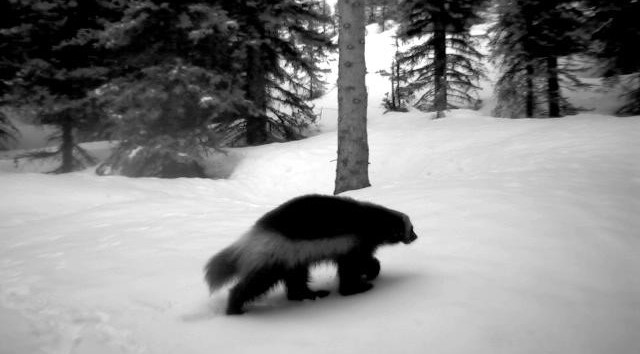
Montana State University News Service published a feature story last week on Tony Clevenger’s wolverine research and also highlighted the story on the MSU website homepage. “MSU research shows impact of major transportation corridor on wolverine movement” summarizes the findings from a multi-year study by Clevenger and his colleagues in Banff, Yoho and Kootenay National […]
MSU News Highlights Fish Passage Research on Yellowstone River

Graduate students at Montana State University had a great opportunity to participate in aquatics field research this summer, which was captured in feature article by the Montana State University (MSU) News Service. “MSU engineers, ecologists seek to improve fish passage on Yellowstone River” profiles grad students Haley Tupin and Ian Anderson, who gathered data at […]
USFWS Sponsors New Phase of Fish Passage Research
WTI, the MSU College of Engineering, and the Bozeman Fish Technology Center (BFTC) will continue their partnership with the U.S. Fish and Wildlife Service to study fish passage and the barriers that limit fish movements. Under a 5-year cooperative agreement, USFWS will sponsor a new phase of fish passage research projects, using the open channel […]
